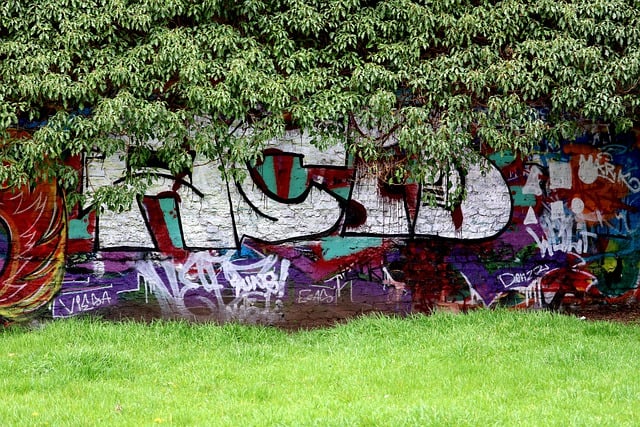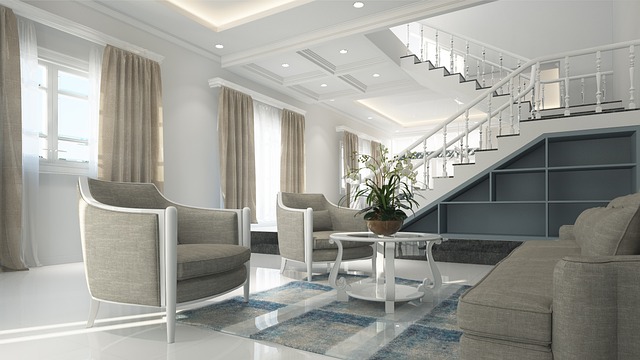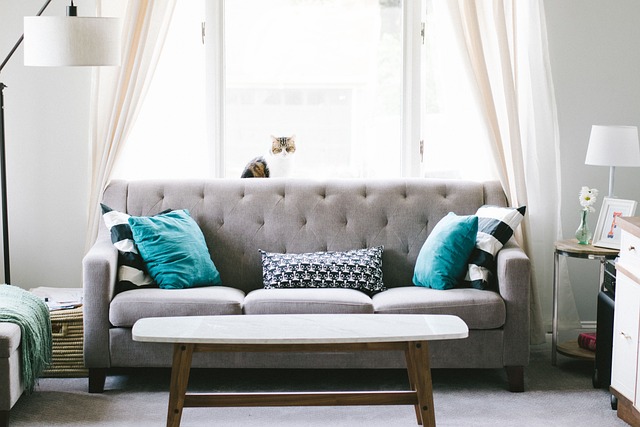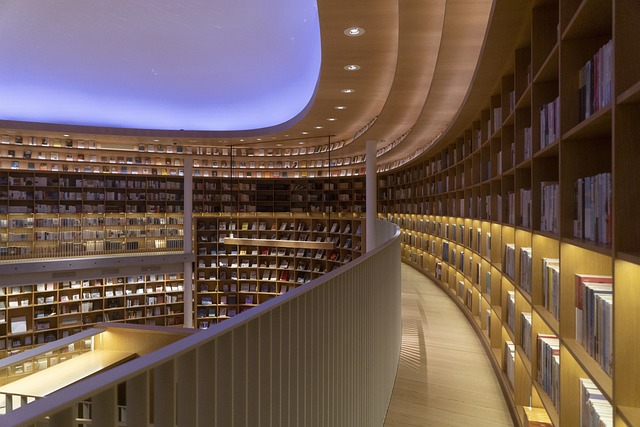Exploring the Fusion of Art and Design in Urban Spaces
In the heartbeat of every city, where concrete jungles rise and fall, lies a vibrant canvas waiting to be filled with stories, emotions, and expressions. Urban art, with its dynamic nature, taps into this canvas, transforming city landscapes into a melodic fusion of art and design. It’s not just about beautifying streets; it’s a dialogue between the artist, the observer, and the pulsating city life.
When we think of urban art, images of striking murals, graffiti, and street installations come to mind. Yet, it is essential to recognize the intricate design elements woven into these expressions. Every brushstroke, color, and shape is meticulously planned, at times even subconsciously reflecting the community’s identity, history, and aspirations. The essence of urban art lies in its ability to invoke emotions and provoke thought, all while being accessible to everyone walking by.
Design plays a crucial role in this equation. It provides a structural backbone that guides the aesthetic and functional elements of urban spaces. From sculptural installations in parks to imaginative seating arrangements in plazas, the blend of art and design reflects a harmonious co-existence. This synergy not only enhances the visual appeal of public areas but encourages interaction and engagement among residents and visitors alike.
As cities evolve, so do the forms of urban art. Local artists often draw inspiration from their surroundings, creating pieces that resonate with the cultural landscape. A mural depicting historical events or a series of sculptures representing local wildlife can instill a sense of pride and ownership within the community. Here, art transcends its traditional boundaries, merging with design to create meaningful experiences in our urban environments.
This relationship between art and design doesn’t just beautify; it revitalizes spaces and elevates the human experience. Imagine walking through a previously neglected alley transformed into an inviting gallery where each painting narrates a story. Urban art becomes a catalyst for change, sparking conversations about social issues, diversity, and collective memory. Such transformations stimulate not just the visual senses, but also a deeper connection to the environment we inhabit.
Moreover, the rise of technology continues to influence urban art and its design. Interactive installations are becoming a norm, engaging viewers in ways that traditional artwork cannot. With augmented reality and digital projections, the urban landscape becomes an evolving exhibition, inviting exploration and interaction. This innovative approach captures the imagination and offers a glimpse into the future of how we perceive art and design within our cities.
Ultimately, the fusion of urban art and design creates spaces where creativity thrives, sparking curiosity and igniting a sense of belonging. It challenges us to look beyond the mundane and appreciate the richness that surrounds us. As urban dwellers, we should celebrate and encourage this vibrant expression that not only enhances our environment but binds us as a community.




